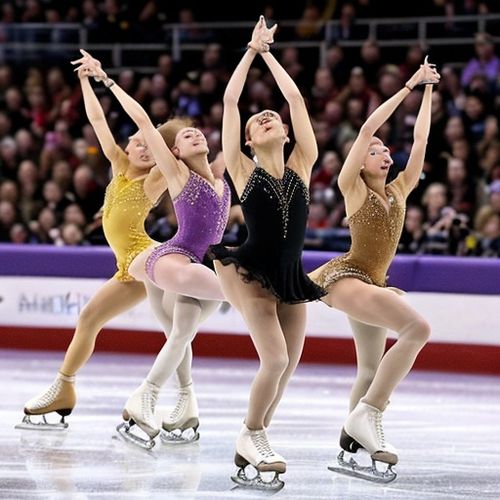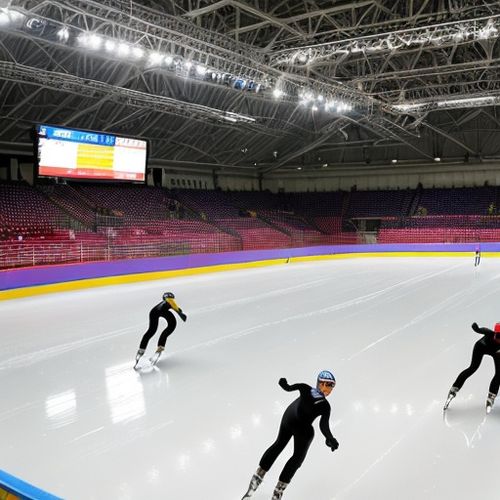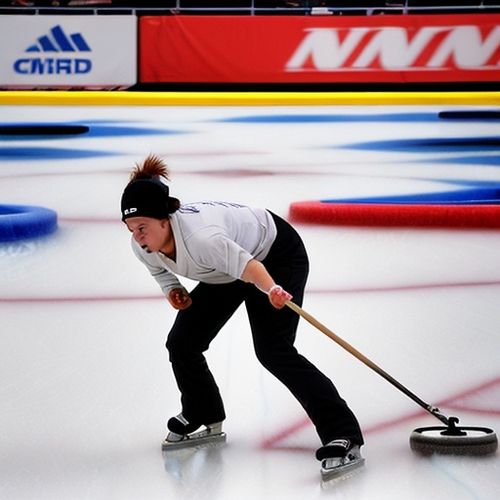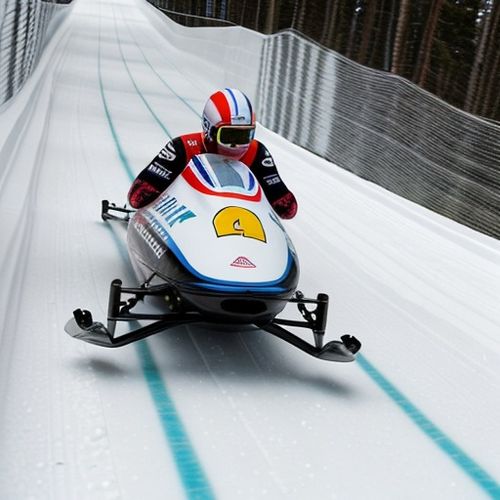The rhythmic pounding of dragon boat drums echoes across waterways worldwide, a primal heartbeat that has propelled these ornate vessels for over two millennia. Far more than mere percussion, these drum patterns form an intricate language—part navigational aid, part cultural cipher—that continues to evolve while maintaining its ancient soul.
Beneath the painted wooden heads of snarling dragons, drummers occupy a sacred position where tradition meets athletic necessity. Their mallets strike not at random, but in precise sequences that vary by region, water conditions, and even the phase of competition. In the Pearl River Delta, quick-fire triplets help crews power through tidal surges, while Yangtze teams employ deeper, resonant beats to maintain stroke consistency during endurance stretches.
The drum's role transcends mechanics. During Guangdong's "Awakening the Dragon" ceremonies, shamans beat specific rhythms to ritually transfer the mythical creature's spirit into the boat. Modern sport scientists have since validated what ancient paddlers knew instinctively—synchronized strokes following 120-140 BPM drum patterns increase power output by 18-22% compared to verbal cues alone.
Contemporary innovations have sparked passionate debate within dragon boat communities. Carbon-fiber drum shells now project crisper tones across longer distances, while wearable haptic feedback systems allow steersmen to feel rhythms during chaotic starts. Yet traditionalists argue these technologies dilute the kinetic conversation between drummer and crew—that intangible moment when twenty paddles instinctively anticipate the next beat before it sounds.
Academic interest has surged following Cambridge University's 2023 hydroacoustic study, which revealed how specific drum frequencies create beneficial harmonic resonance with wooden hulls. This finding explains why Malaysian teams racing fiberglass boats often dampen their drums with banana leaves—a folk practice now proven to counteract undesirable vibration patterns in synthetic materials.
From the ceremonial dagu drums of Xixi Township to the electrified hybrid setups used in Macau's neon-lit night races, the evolution continues. What remains constant is the drum's dual nature: both practical metronome and living cultural artifact. As one elderly drummer in Zhejiang remarked while teaching his granddaughter the old patterns, "The rhythm remembers what our minds forget."

By Emily Johnson/May 8, 2025

By Natalie Campbell/May 8, 2025

By Olivia Reed/May 8, 2025

By Lily Simpson/May 8, 2025

By Olivia Reed/May 8, 2025

By Thomas Roberts/May 8, 2025

By Daniel Scott/May 8, 2025

By George Bailey/May 8, 2025

By David Anderson/May 8, 2025

By Amanda Phillips/May 8, 2025

By Rebecca Stewart/May 8, 2025

By Christopher Harris/May 8, 2025

By Emily Johnson/May 8, 2025

By Christopher Harris/May 8, 2025

By Thomas Roberts/May 8, 2025

By Rebecca Stewart/May 8, 2025

By Noah Bell/May 8, 2025

By Lily Simpson/May 8, 2025

By Megan Clark/May 8, 2025

By Megan Clark/May 8, 2025